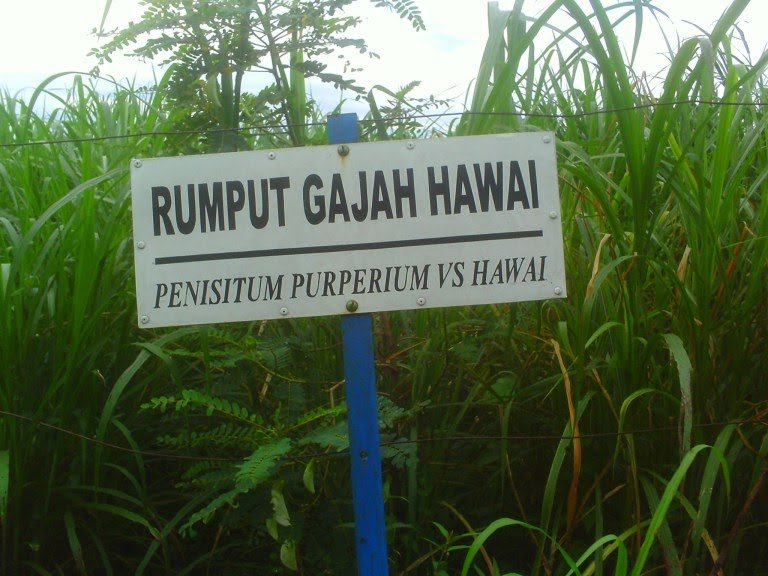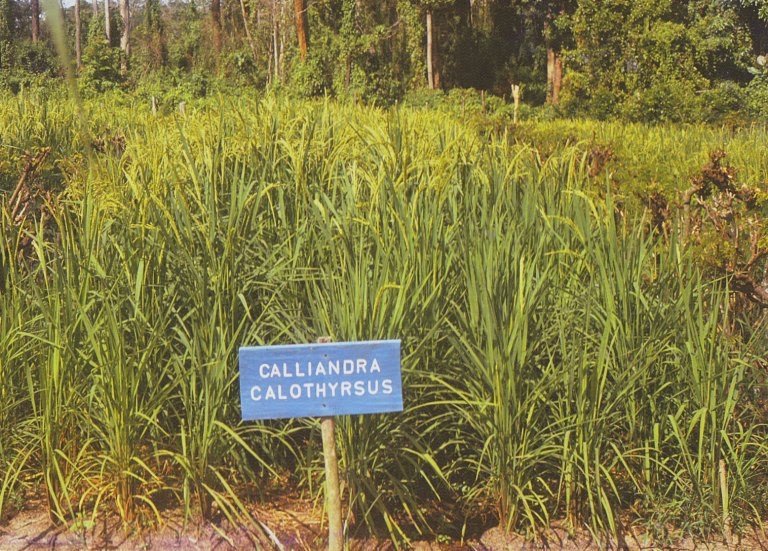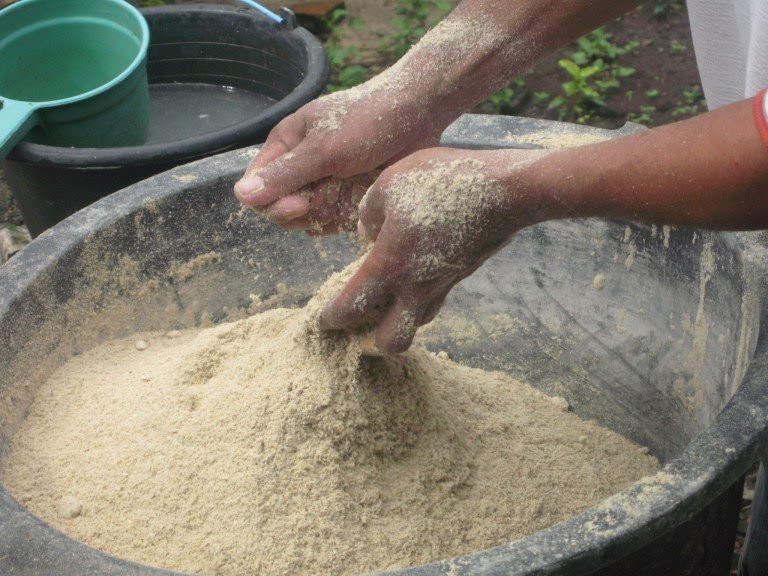Types of Cattle Feed Cattle and How to Provide So Fat Cow Fat
Feed Cattle Livestock - Having a cattle fattening business is a lucrative business, because the farm has a good prospect let alone modern cattle or limousine type livestock. In addition to the activities undertaken are not boring, the profits can be earned from the sale of each tail.
But success in this cattle business can be influenced by three main factors. Among them are breeding, feeding and the third is good management. Cow quality seeds will be able to grow quickly so as to produce a maximum product.
When we talk about cow's seeds it is very much related to our goal of raising livestock. As a cattle breeding business, cattle fattening or a combination of both.
If for cow breeding business, one of the examples of good quality breeders such as female Balinese cow or female cow PO. Both types of cows have a high fertility rate.
As for the better stud chose Limousin or Simmental cow that has been famous as a cow with excellent quality. Apart from seeds, product optimization is also strongly influenced by feed and integrated feed management.
Without feeding in an integrated manner, although superior-quality cattle seeds will not give maximum results as well. Likewise with feed, is one of the very important and strategic means in the cattle fattening effort.
So the position of this feed is important to note, because the feed has a very big influence on the increase of cow weight. This feed is needed by the cow as a staple for life, growth, meat production and reproduction.
Cow feed covers all food that can be fed and eaten and does not interfere with health when livestock eat it. Every day the needs of the number of feeds against cattle are different. This depends on the species or species of cattle, age and stage of livestock growth (adult, pregnant or breastfeeding).
Provision of feed should be sought continuously and in accordance with the nutritional standards needed by livestock. Feeding livestock that is incompatible with the nutritional needs of livestock can cause nutritional deficiencies.
So that will result in livestock easily attacked by disease. Feed for cattle can be divided into two kinds, namely fiber feed and concentrate or reinforcement feed.
Nuts or legumes, grasses and agricultural waste of food crops include sources of fiber feed for cattle. Feed quality is influenced by the age of the plant, when the forage crops are harvested when old age hence the low quality of the plant.
Type of Grass Superior Cattle Feed Fattening Cattle
- Bengal Grass or Panicum Maximum. It is the favorite grass of cattle and has good nutrition. The height of the grass bengal can reach 2 meters.
- Hawaiian Elephant Grass or Pennisetum Purperium. It also includes the preferred grass of cattle and has a high production capacity. The height of the elephant grass can also be as high as 2 meters.
- King Grass. Is a grass that grows from the elephant grass crosses. But it has a higher production jump than elephant grass. Besides the king's grass is also not flowering.
Animal Feed Beef Cattle from Legume Plant Type (Nuts) As follows ;
Lamtoro or Leucaena Leucocephala. It is a plant that has various functions. In addition to including cattle feed livestock feed is also rich in protein sources of livestock cattle. In its application to cattle, lamtoro is used as a mixed feed.
Gamal or Maculate Gliricidea. Is a legume tree that is usually planted as a hedge plant. It has very leaves for the growth of cattle. Before eating into cattle feed, the leaves are wound first.
Desmodium or Desmodium Rinsonii. Is a legume tree that has round leaves. Desmodium has a high protein requirement of cattle livestock as well as feed cattle livestock.
Kaliandra. is a tree legum that is grown as a mixture of cattle grass feed and protein feed adder of cattle.
Centro or Centrocema Pubescens. is a legum that grows over the land.
Then for agricultural waste crops that can be used as cattle feed for example is corn straw, rice straw, peanut stubble. However, the quality of agricultural waste in feed crops is lower than that of grass except for nuts waste.
While concentrate or feed cattle livestock boosters are needed in less amount of fiber feed. Giving concentrate to livestock cattle only as a complement of nutritional needs. Examples of such concentrate are corn bran, rice bran, peanut cake, coconut meal, kapok seed meal, soybean meal and tofu pulp.
Giving and Feeding Methods Cattle Feed For Maximum Results
In feeding the cattle the cattle must be in accordance with the needs of the cattle itself. Animal feed of cattle which is in the requirement of protein already fulfilled but if given in amount of less or excess will have an effect on result of fattening which not maximal. Among the ways of giving and dosing are:
Grass given as cattle feed is the grass that is harvested during the flowering. In such conditions the quality and quantity of nutrients in the grass is at its maximum.
Hijaun grass given to cattle as much as 10% of body weight.
Forage legumes or beans are given to cows as much as 1% of body weight.
Before given to the cattle, feed forage dilayukan first.
Grass or legumes to feed cattle cattle that are harvested too young can cause bloating and diarrhea.
Concentrate or reinforcing feed given as much as 1% of body weight.
Feeding Time Cattle Cattle Type Concentrate
In feeding the livestock cattle there are sequences so that the digestion process can be smooth. So that the proterin contained in the feed can be absorbed with the maximum. Among the time of feeding the cows are:
Concentrate or reinforcing feed given to cows twice a day overnight at 7:00 pm and evening at 4:00 pm.
If the concentrate is administered three times a day overnight. Ie at 6:30 am, noon at 12:00 and evening at 16:00
Feeding fiber (forage) done two hours after feeding the reinforcement.
Forage feeding is, should be done gradually ie morning, afternoon, evening and night. Minimal feeding forage 3-4 times a day overnight.
Please comment or give feedback if it feels there are still less and need to be added.







